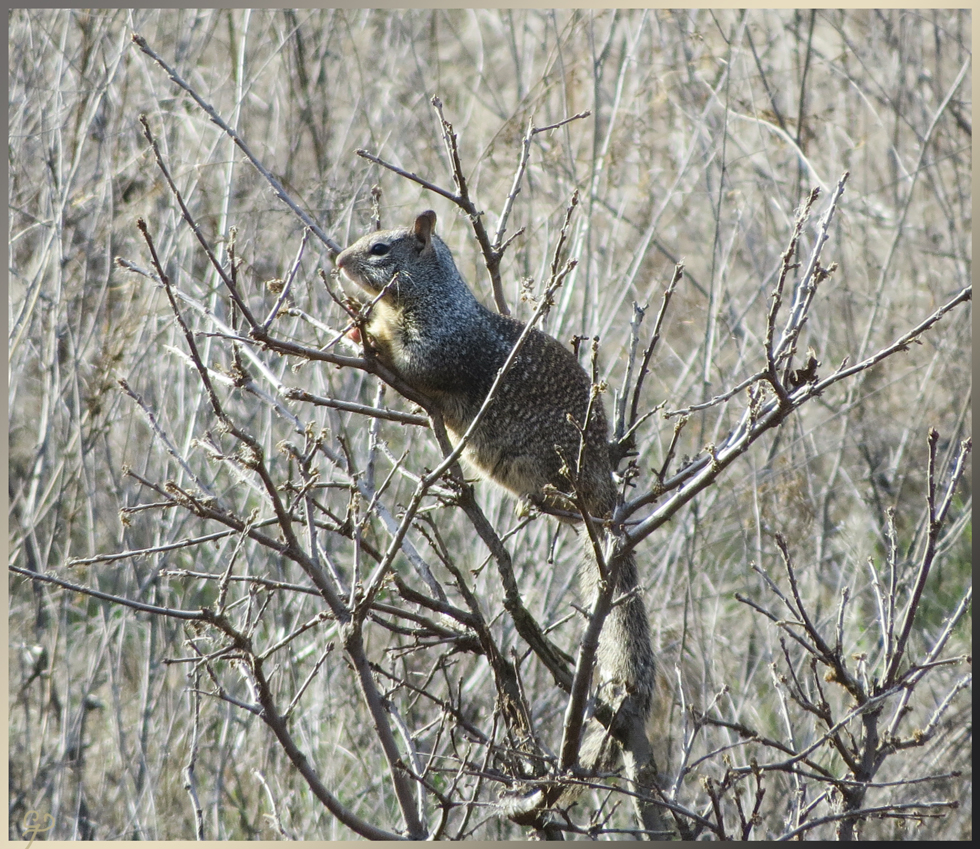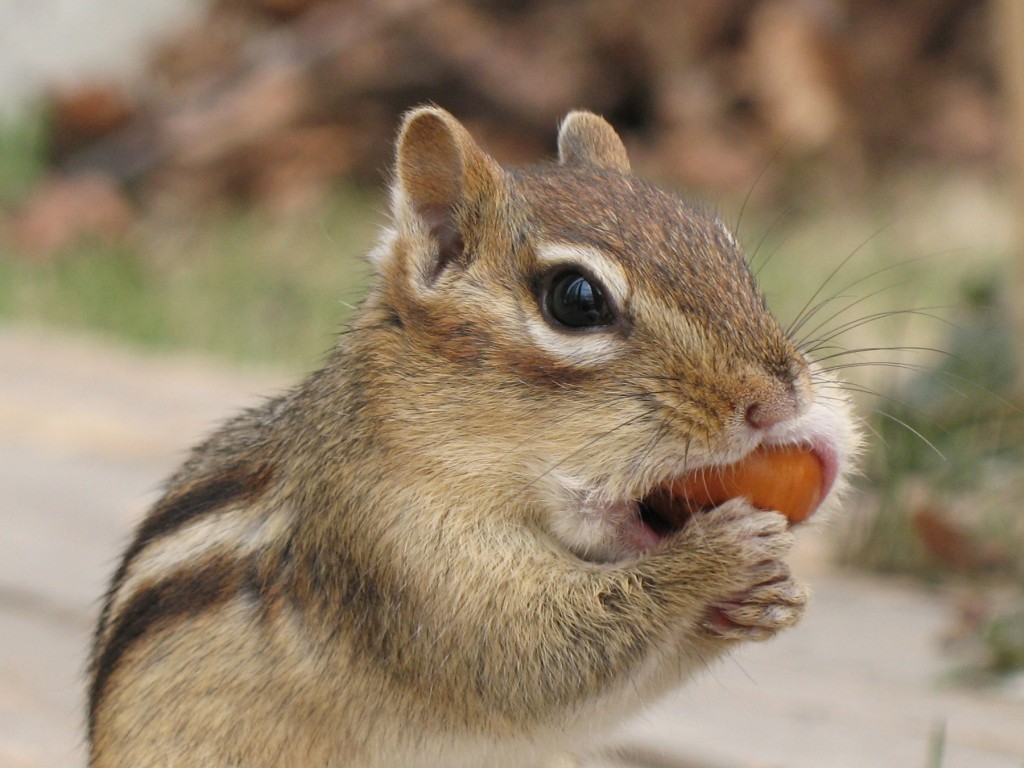|
Nototamias
''Nototamias'' is a genus of fossil ground squirrels from the Miocene of North America. Species include ''Nototamias hulberti'' Pratt and Morgan, 1989; ''Nototamias ateles'' (Hall, 1930); and ''Nototamias complicatus'' Korth, 1992. Although the genus, characterized by fused roots on the lower cheekteeth, is often regarded as closely related to the chipmunks, and ''N. ateles'' has even been regarded as a species of ''Tamias ''Tamias'' is a genus of chipmunks in the tribe Marmotini of the squirrel family. The genus includes a single living species, the eastern chipmunk (''Tamias striatus''). The genus name ''Tamias'' ( el, ταμίας) means "treasurer", "steward", ...'', evidence for this relationship is poor and ''Nototamias'' may instead be near the origin of the Marmotini.Goodwin, 2008, p. 356 References Literature cited *Goodwin, H.T. 2008. Sciuridae. Pp. 255–376 in Janis, C.M., Gunnell, G.F. and Uhen, M.D. (eds.). Evolution of Tertiary Mammals of North ... [...More Info...] [...Related Items...] OR: [Wikipedia] [Google] [Baidu] |
Ground Squirrel
Ground squirrels are members of the squirrel family of rodents (Sciuridae), which generally live on or in the ground, rather than trees. The term is most often used for the medium-sized ground squirrels, as the larger ones are more commonly known as marmots (genus ''Marmota'') or prairie dogs, while the smaller and less bushy-tailed ground squirrels tend to be known as chipmunks (genus ''Tamias''). Together, they make up the "marmot tribe" of squirrels, Marmotini, a division within the large and mainly ground squirrel subfamily Xerinae, and containing six living genera. Well-known members of this largely Holarctic group are the marmots (''Marmota''), including the American groundhog, the chipmunks, the susliks (''Spermophilus''), and the prairie dogs (''Cynomys''). They are highly variable in size and habitus, but most are remarkably able to rise up on their hind legs and stand fully erect comfortably for prolonged periods. They also tend to be far more gregarious than other sq ... [...More Info...] [...Related Items...] OR: [Wikipedia] [Google] [Baidu] |
Ground Squirrels
Ground squirrels are members of the squirrel family of rodents ( Sciuridae), which generally live on or in the ground, rather than trees. The term is most often used for the medium-sized ground squirrels, as the larger ones are more commonly known as marmots (genus ''Marmota'') or prairie dogs, while the smaller and less bushy-tailed ground squirrels tend to be known as chipmunks (genus ''Tamias''). Together, they make up the "marmot tribe" of squirrels, Marmotini, a division within the large and mainly ground squirrel subfamily Xerinae, and containing six living genera. Well-known members of this largely Holarctic group are the marmots (''Marmota''), including the American groundhog, the chipmunks, the susliks (''Spermophilus''), and the prairie dogs (''Cynomys''). They are highly variable in size and habitus, but most are remarkably able to rise up on their hind legs and stand fully erect comfortably for prolonged periods. They also tend to be far more gregarious than other squ ... [...More Info...] [...Related Items...] OR: [Wikipedia] [Google] [Baidu] |
Miocene
The Miocene ( ) is the first geological epoch of the Neogene Period and extends from about (Ma). The Miocene was named by Scottish geologist Charles Lyell; the name comes from the Greek words (', "less") and (', "new") and means "less recent" because it has 18% fewer modern marine invertebrates than the Pliocene has. The Miocene is preceded by the Oligocene and is followed by the Pliocene. As Earth went from the Oligocene through the Miocene and into the Pliocene, the climate slowly cooled towards a series of ice ages. The Miocene boundaries are not marked by a single distinct global event but consist rather of regionally defined boundaries between the warmer Oligocene and the cooler Pliocene Epoch. During the Early Miocene, the Arabian Peninsula collided with Eurasia, severing the connection between the Mediterranean and Indian Ocean, and allowing a faunal interchange to occur between Eurasia and Africa, including the dispersal of proboscideans into Eurasia. During the ... [...More Info...] [...Related Items...] OR: [Wikipedia] [Google] [Baidu] |
Chipmunk
Chipmunks are small, striped rodents of the family Sciuridae. Chipmunks are found in North America, with the exception of the Siberian chipmunk which is found primarily in Asia. Taxonomy and systematics Chipmunks may be classified either as a single genus, ''Tamias'', or as three genera: ''Tamias'', of which the eastern chipmunk (''T. striatus'') is the only living member; ''Eutamias'', of which the Siberian chipmunk (''E. sibiricus'') is the only living member; and ''Neotamias'', which includes the 23 remaining, mostly western North American, species. These classifications were treated as subgenera due to the chipmunks' morphological similarities. As a result, most taxonomies over the twentieth century have placed the chipmunks into a single genus. However, studies of mitochondrial DNA show that the divergence between each of the three chipmunk groups is comparable to the genetic differences between ''Marmota'' and ''Spermophilus'', so the three genera classifications have b ... [...More Info...] [...Related Items...] OR: [Wikipedia] [Google] [Baidu] |
Tamias
''Tamias'' is a genus of chipmunks in the tribe Marmotini of the squirrel family. The genus includes a single living species, the eastern chipmunk (''Tamias striatus''). The genus name ''Tamias'' ( el, ταμίας) means "treasurer", "steward", or "housekeeper", which is a reference to the animals' role in plant dispersal through their habit of collecting and storing food for winter use. The genus ''Tamias'' was formerly divided into three subgenera that, in sum, included all chipmunk species: ''Tamias'', the eastern chipmunk and other fossil species; ''Eutamias'', of which the Siberian chipmunk (''E. sibiricus'') is the only living member; and ''Neotamias'', which includes the 23 remaining, mostly western, species. These classifications are subjective, and most taxonomies over the twentieth century have placed the chipmunks in a single genus. However, studies of mitochondrial DNA show that the divergence between each of the three chipmunk groups is comparable to the genetic di ... [...More Info...] [...Related Items...] OR: [Wikipedia] [Google] [Baidu] |
Prehistoric Rodent Genera
Prehistory, also known as pre-literary history, is the period of human history between the use of the first stone tools by hominins 3.3 million years ago and the beginning of recorded history with the invention of writing systems. The use of symbols, marks, and images appears very early among humans, but the earliest known writing systems appeared 5000 years ago. It took thousands of years for writing systems to be widely adopted, with writing spreading to almost all cultures by the 19th century. The end of prehistory therefore came at very different times in different places, and the term is less often used in discussing societies where prehistory ended relatively recently. In the early Bronze Age, Sumer in Mesopotamia, the Indus Valley Civilisation, and ancient Egypt were the first civilizations to develop their own scripts and to keep historical records, with their neighbors following. Most other civilizations reached the end of prehistory during the following Iron Age. T ... [...More Info...] [...Related Items...] OR: [Wikipedia] [Google] [Baidu] |




